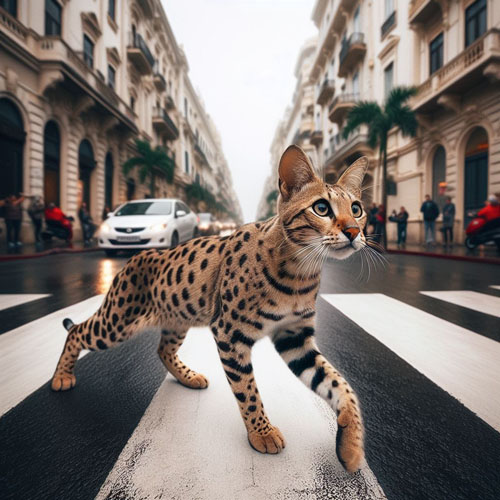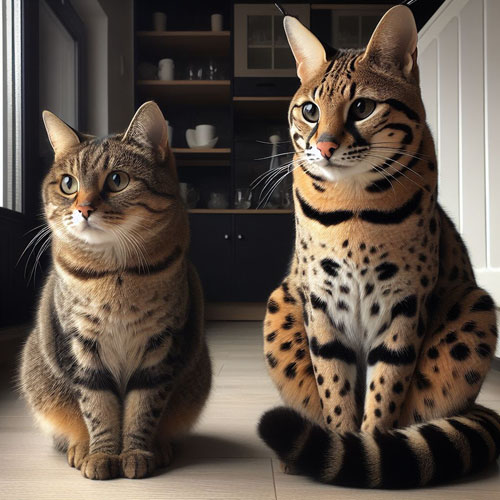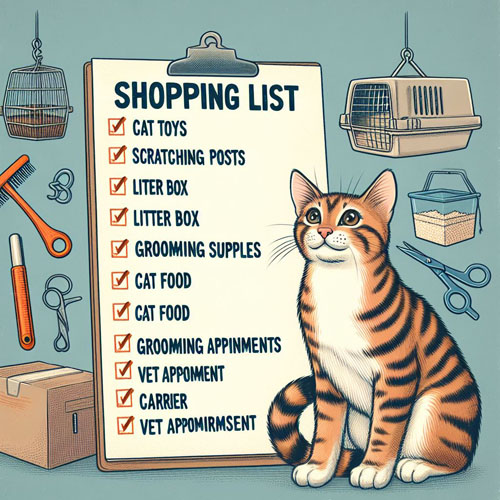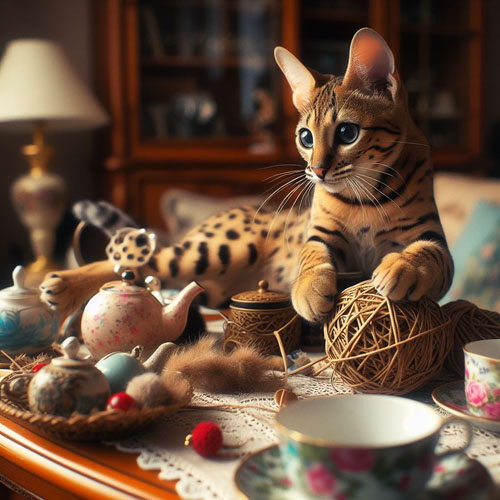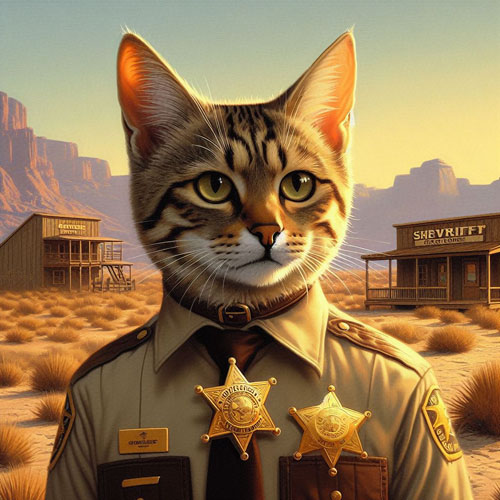A Cat’s Human Age: Unveiling the Mysteries of Feline Aging
When it comes to our beloved furry companions, understanding their age and lifespan can be quite puzzling. While it is commonly known that cats age faster than humans, determining their human equivalencies has often remained a mystery. However, with the help of a cat age chart, we can shed light on this enigmatic topic, enabling us to better relate to our feline friends.
To comprehend the concept of a cat’s human age, it is crucial to grasp the fundamental differences between feline and human lifespans. Cats have a relatively short lifespan compared to humans, which can range from 12 to 16 years on average. In contrast, humans have a significantly longer lifespan, with a global average exceeding 70 years.
To bridge this gap, researchers have developed cat age charts that aim to provide a rough estimation of a cat’s age in human years. These charts take various factors into account, including the specific life stages of a cat and its physiological development.
The first year of a cat’s life is the most rapid in terms of growth, both physically and mentally. During this time, a cat matures at a remarkable pace. Many cat owners are unaware that a 1-year-old cat is already considered equivalent to a 15-year-old human. This highlights the significance of nutritional and veterinary care during a cat’s early stages, which play a vital role in shaping their overall health and well-being.
As a cat progresses into its second year, the rate of physical maturation gradually slows down. In terms of human age equivalents, a 2-year-old cat can be thought of as a young adult, roughly equivalent to a 24-year-old human. At this stage, cats tend to be more independent and self-assured, exhibiting a sense of maturity.
Beyond the second year, a cat’s aging process should be monitored more closely. It is generally accepted that from the age of 3 to 6, each cat year can be considered equivalent to approximately four human years. This means that a 4-year-old cat would be comparable to a 32-year-old human, while a 6-year-old cat would be more akin to a 40-year-old. During this period, cats may begin to experience common age-related health issues, such as dental problems or arthritis.
Once a cat reaches the age of 7, its human age equivalence increases further. From this point on, each cat year can be roughly calculated as five human years. Consequently, a 10-year-old cat would be comparable to a 56-year-old human, while a 15-year-old cat would have a human age of around 76. This illustrates the importance of regular veterinary check-ups and tailored care plans as our feline companions enter their senior years.
Despite the helpful insights provided by cat age charts, it is essential to remember that individual cats may experience variations in their aging process. Factors such as genetics, breed, and overall health can all impact a cat’s longevity and health in both positive and negative ways.
How Old is my Cat in Human Years??
| Age of Cat | Age in Human Years |
| 3 months | 5 years |
| 6 months | 10 years |
| 1 year | 15 years |
| 2 years | 24 years |
| 3 years | 28 years |
| 4 years | 32 years |
| 5 years | 36 years |
| 6 years | 40 years |
| 7 years | 44 years |
| 8 years | 48 years |
| 9 years | 52 years |
| 10 years | 56 years |
| 11 years | 60 years |
| 12 years | 64 years |
| 13 years | 68 years |
| 14 years | 72 years |
| 15 years | 76 years |
| 16 years | 80 years |
| 17 years | 84 years |
| 18 years | 88 years |
| 19 years | 92 years |
| 20 years | 96 years |
| 21 years | 100 years |
| 22 years | 104 years |
| 23 years | 108 years |
In conclusion, understanding a cat’s human age equivalencies can greatly enhance our comprehension of their aging process. Through the use of cat age charts, we can monitor our feline friends’ development and provide appropriate care at each life stage. By recognizing the importance of proper nutrition, veterinary attention, and tailored care plans, we can ensure that our cats lead long, healthy, and fulfilling lives alongside us.
